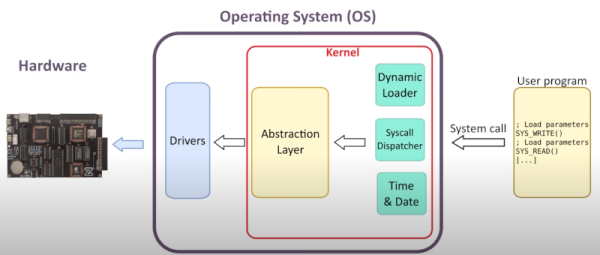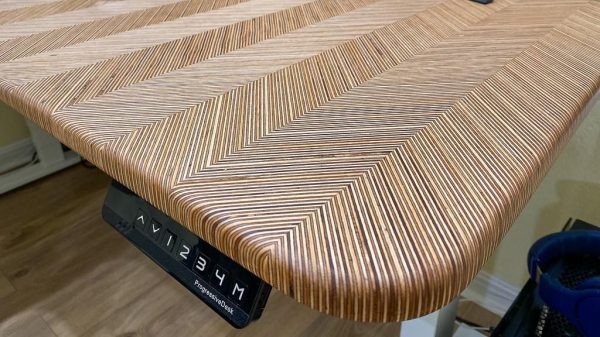The Slingbox devices used to let you catch up with the programming on your TV when you weren’t near it, using your Internet-connected mobile device. As cable TV became less popular, their business model faded away, and in 2020, they scheduled a service shutdown for November 9th, 2022. If you own a Slingbox, it’s getting bricked tomorrow – for those reading this in EU, that’ll be today, even. Do you have a Slingbox? You might still be able to repurpose it, let’s say, for local media streaming – but only if you waste no time.
[Gerry Dubois] has been developing the “Slinger” software for the past few months, a small app you run locally that proxies commands and video for your Slingbox, thanks to reverse-engineering communications with Slingbox servers. However, it needs a “hardware password” alphanumeric string, that you need to get from the Slingbox service web interface – which is to be promptly shut down. If you think you might have a use for what’s essentially a network-connected analog/digital video capture card with decent hardware, the GitHub repo has a lively discussion tab for any questions you might have.
One one hand, Slingbox shouldn’t be bricking the devices in a way that requires you act fast – perhaps, releasing a final update that makes the device hacker-friendly, like O2 did with their Joggler appliance back in the day, publishing the hardware documentation, or at least setting up a service up that lets anyone retrieve their hardware password indefinitely. On the other hand, at least they gave us two years’ notice, something less than usual – the amount of time between bricking and an announcement can even be a negative number. For those of us stuck with no operational device, a hardware exploration might be in order – for instance, we’ve torn down the Sling Adapter and even ran simple custom code on it!



















